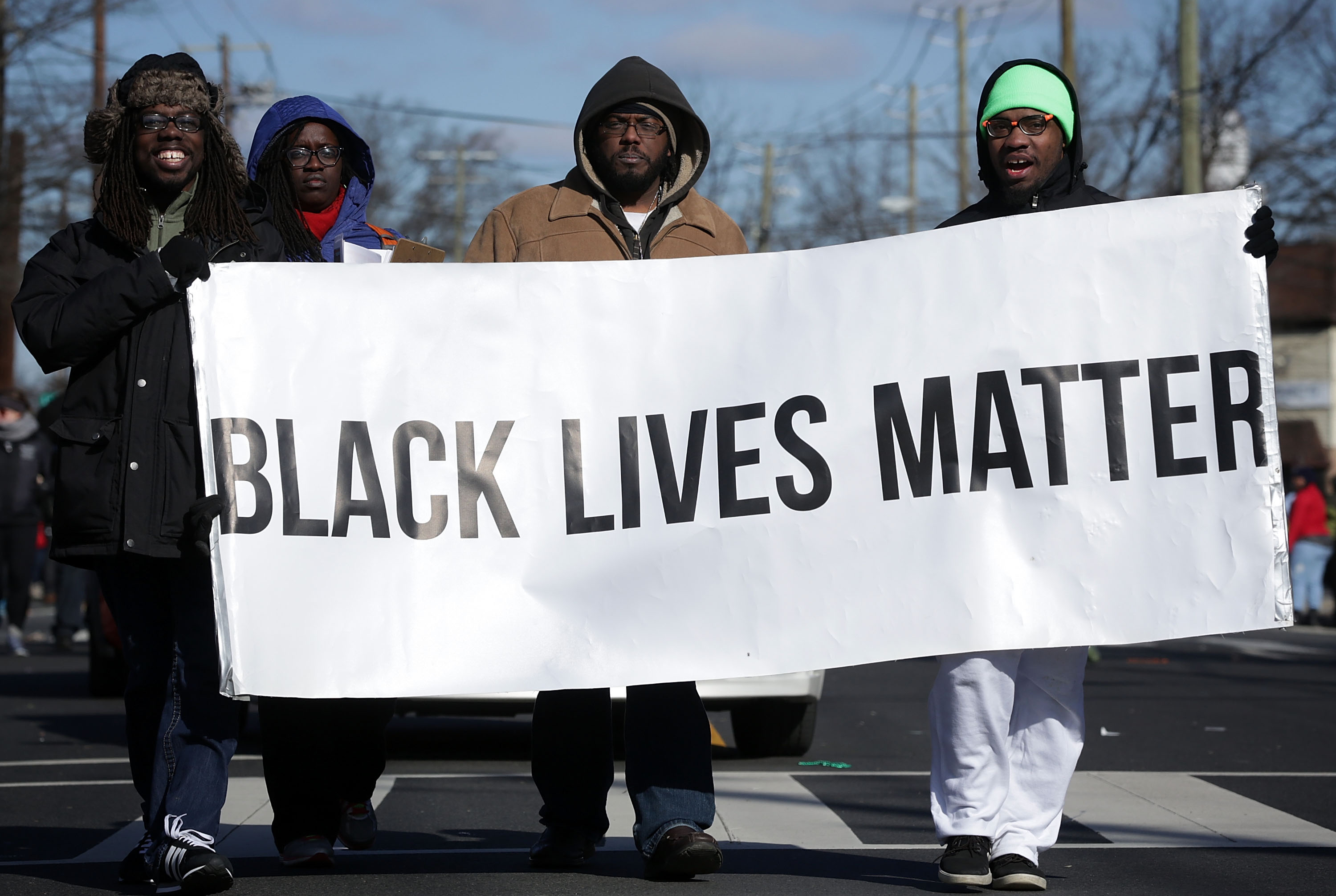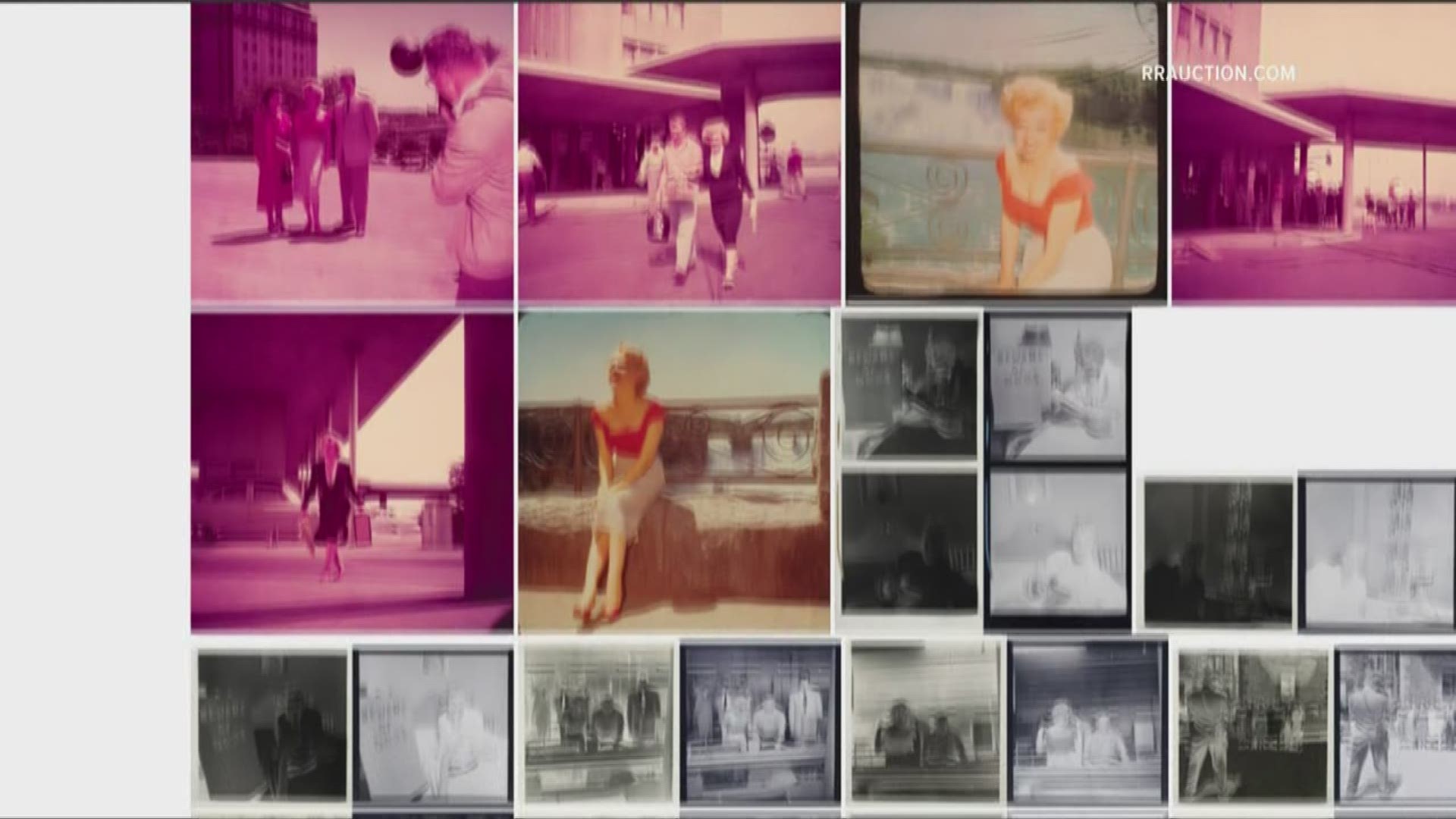In June 1966, Stokely Carmichael, the 24-year-old firebrand chairman of the Student Nonviolent Coordinating Committee, channeled the deepening anger over unabated racial violence against blacks and called forth a new, more muscular brand of activism.
“We’ve been saying ‘freedom’ for six years,” Carmichael said at a rally in Greenwood, Miss., to support James Meredith, who was shot and wounded during his “Walk Against Fear” from Memphis to Jackson, Miss. “What we are going to start saying now is ‘Black Power.’ ”
Five decades later, the activist spirit and in-your-face energy of Black Power is alive in the Black Lives Matter movement.
“There is no question that Black Lives Matter is organically connected to the heroic period of the civil rights movement — that period from 1954 and 1965, between Brown (school desegregation ruling) and the Voting Rights Act — and the Black Power movement of the late ’60s and early ’70,” says Peniel Joseph, who holds a joint professorship at the LBJ School of Public Affairs and the history department at the University of Texas at Austin and is the founder of Center for the Study of Race and Democracy.
According to Joseph, both the civil rights and Black Power movements espoused an “expansive hopefulness and a radical democracy.”
“The struggle sought to change laws and policies along with hearts and mind… It was about ending segregation, gaining voting rights, opening up employment and to a much lesser extent it was about criminal justice,” said Joseph. In contrast, he says, Black Lives Matter is much more focused on criminal justice.
Photos: Closer look at Black Lives Matter protests
“In a very real sense, those were the halcyon days comparing back then to now with the numbers (of blacks) in prison and the rate of mass incarceration,” Joseph explains. “Criminal justice is the principal gateway to racism, it is connected to schools, jobs, the assault on voting rights, discrimination. Criminal justice has so many tentacles.”
The front line symbols of the current hydra of criminal justice — the police and their actions—have been a prime focus of Black Lives Matter and other new civil rights groups, just as law enforcement was targeted during the Black Power movement.
“What they are doing to confront police violence is textbook Black Power,” says Sherie Randolph, associate professor of history and African American studies at the University of Michigan. She notes the “street theater” tactics employed by young civil rights protesters in the past two years: disrupting the St. Louis Symphony, interrupting presidential campaign rallies for Jeb Bush and Bernie Sanders, naked black women marching down a San Francisco street chanting “Say Her Name” in remembrance of the black women killed by police.
Such demonstrations draw a direct line to the Black Panthers in Sacramento in the late ’60s, who provocatively and openly carried legal weapons in public.
Yet another similarity between the two movements is the crucial role played by black women.
“Despite the media perception, women were always in Black Power leadership,” says Randolph, whose recent book Florynce “Flo” Kennedy: The Life of a Black Feminist Radical shines a light on the women who brought the lessons of Black Power to white feminism.
While Black Lives Matter co-founders Alicia Garza, Patrisse Cullors and Opal Tometi are recognized today as leaders, women of the Black Power movement like Assata Shakur (Black Liberation Army), Denise Oliver (Young Lords), Fran Beal (SNCC, Third World Women’s Alliance) and Elaine Brown (Black Panthers) aren’t recognized, Randolph says.
Underscoring her point, she gives the example of Tarika Lewis, who joined the Black Panther Party in 1967. “She was part of the Panthers initial actions policing the police in Oakland.”
Calling Black Power one of the “least understood” of the “insurgent social and political movements” of the 1960s, Joseph says the movement stressed robust self-determination and cultural awakening along with social and political activism both at home and internationally.
“Black power quickly became the controversial slogan for a movement that was largely perceived as rejecting the civil rights movement’s nonviolent tactics and goals of integration in favor of a new ethos of black identity, self-defense and separatism,” wrote Joseph in his essay Black Power’s Quiet Side.
Certainly the iconic image of the raised, black-gloved fists of John Carlos and Tommie Smith on the medal stand at the 1968 Summer Olympics in Mexico City caused whites to catch their collective breath. The visceral reaction to that photograph mirrors today’s response to the videos of hundreds of Black Lives Matter protesters, their palms pushed above their heads, chanting, “Hands Up, Don’t Shoot.”
Joseph, in his several books, including the award winning, Waiting ‘Til the Midnight Hour: A Narrative History of Black Power in America, notes how today’s #BlackLivesMatter is being waged in the “long shadow” of the civil rights movement in the quest to do nothing less than to redefine American democracy.
“Every generation does it differently, shaped by the time they are in, “ Joseph says of the modern protests. “Young black activists today are updating the tradition on their own terms.”
Carl Chancellor is a Pulitzer Prize-winning journalist who has covered social issues for the past 25 years.


